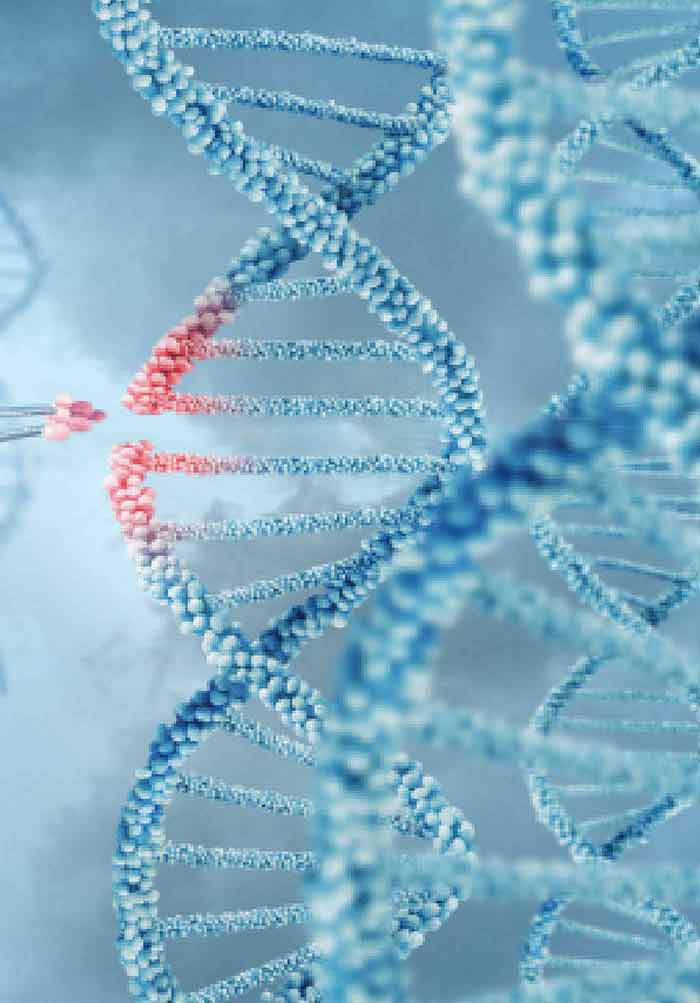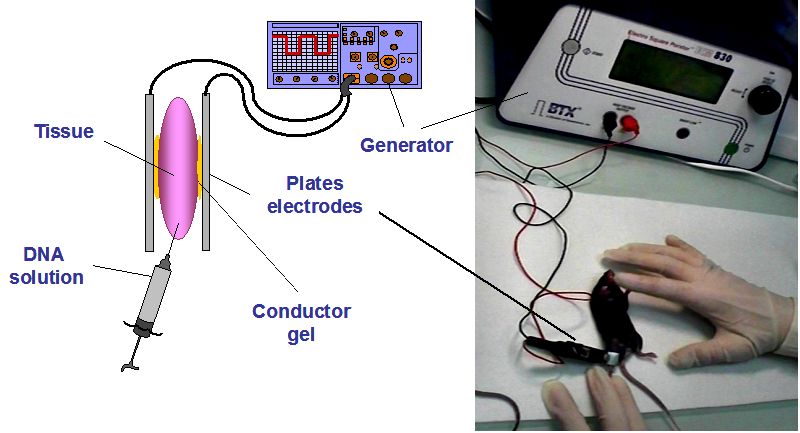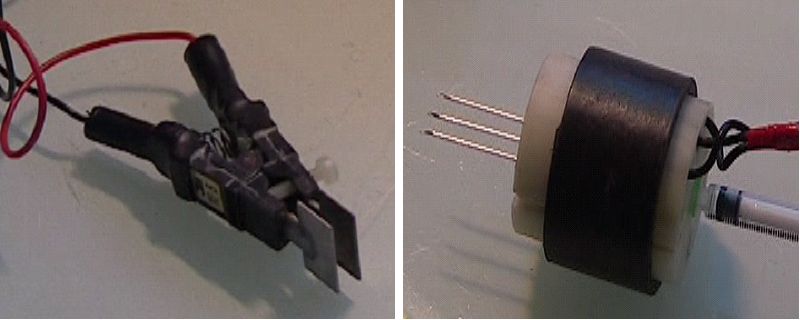Greatest Violations of Nuremberg Code in History – Catherine Austin Fitts | Greg Hunter’s USAWatchdog
RT 34:35
Greatest Violations of Nuremberg Code in History – Catherine Austin Fitts
Greatest Violations of Nuremberg Code in History – Catherine Austin Fitts
By Greg Hunter On April 17, 2021 In Political Analysis 60 Comments

By Greg Hunter’s USAWatchdog.com (Saturday Night Post 4.17.2021)
Investment advisor and former Assistant Secretary of Housing Catherine Austin Fitts contends CV19 and the vaccines to cure it are more about control than depopulation. Fitts explains, “I think the bankers are trying to chip us. Moderna describes their injection, gene therapy as an ‘operating system.’ I agree with them. I think they are trying to download an operating system into our bodies. I don’t think it was an accident . . . the man President Trump appointed as head of ‘Operation Warp Speed’ was an expert at Brain-Machine interface. . . . Just like Bill Gates downloaded an operating system into your computer and made you update it regularly because of the threat of another virus, I think they are trying to play the same game with human bodies. It’s hard for people to fathom if they have not been following the advancements in biotech and to fathom how much money the bankers can make if they can achieve this. We just saw the Chairman of the Federal Reserve talking about the economy was getting better because the vaccination rate was going up. I think that’s code for the bank stocks are going up because we are downloading operating systems in more and more people, and our stock reflects that. We get a pop on our stock for every person we can remotely control with our operating system. . . . If you look at the deaths and adverse events, and the failure to provide true informed consent, we are talking about the greatest violations of the Nuremberg Code in history—now.”
Fitts says don’t believe the hype on the number of CV19 vaccines being given. Fitts explains, “One of the things I have seen and gotten feedback on is that the resistance is much greater than anything they are indicating in any kind of official statistics. There are also indications that the deaths and adverse events (from the vaccines) are much worse, and that has to be spreading virally. If you look at the people most resistant, including healthcare workers and nursing staff, they are seeing the adverse events, and they are seeing the deaths. So, I don’t trust the statistics. . . . The top doctors I trust essentially say this is an experiment, and it’s true. These vaccines are not approved by the FDA. These are authorized under experimental use. So, this is a trial, a human trial. The doctors I trust say we won’t know for 4, 6, 12 or 18 months what the real impact is. These are not vaccines. It is gene therapy and downloading an operating system. I would argue that they are not vaccinations, but whatever they are, if it follows the history of vaccinations, what you are going to see is a tremendous diminution of people’s immune systems and a whole world of autoimmune diseases that can be explained away by other things. I would guess that the leadership’s goal is not necessarily to depopulate, and I could be wrong, but their goal is to install an operating system. To get that done, they don’t care how many people they kill.”
In closing, Fitts says, “Naomi Wolf was giving an interview about the vaccine passports, and she said this is the end of human liberty in the west, and that’s right. If those things are allowed, along with the operating system, it is the end of liberty. We are talking about a slavery system. . . . The greatest navigation tool ever created is prayer.”
Join Greg Hunter of USAWatchdog.com as he goes One-on-One with Catherine Austin Fitts, publisher of The Solari Report.
(To Donate to USAWatchdog.com Click Here)
After the Interview:
Catherine Austin Fitts also said, “It’s against the law to lie about bio-hazards (CV19 and vaccines), and that is exactly what they are doing in my mind.
There is much free information on Solari.com, including the free report called “A Sane Person’s Guidebook to the Global Pandemic.”
You can get way more cutting edge analysis from Catherine Austin Fitts and “The Solari Report” by becoming a subscriber.
RT 34:35
Greatest Violations of Nuremberg Code in History – Catherine Austin Fitts
Greatest Violations of Nuremberg Code in History – Catherine Austin Fitts
By Greg Hunter On April 17, 2021 In Political Analysis 60 Comments

By Greg Hunter’s USAWatchdog.com (Saturday Night Post 4.17.2021)
Investment advisor and former Assistant Secretary of Housing Catherine Austin Fitts contends CV19 and the vaccines to cure it are more about control than depopulation. Fitts explains, “I think the bankers are trying to chip us. Moderna describes their injection, gene therapy as an ‘operating system.’ I agree with them. I think they are trying to download an operating system into our bodies. I don’t think it was an accident . . . the man President Trump appointed as head of ‘Operation Warp Speed’ was an expert at Brain-Machine interface. . . . Just like Bill Gates downloaded an operating system into your computer and made you update it regularly because of the threat of another virus, I think they are trying to play the same game with human bodies. It’s hard for people to fathom if they have not been following the advancements in biotech and to fathom how much money the bankers can make if they can achieve this. We just saw the Chairman of the Federal Reserve talking about the economy was getting better because the vaccination rate was going up. I think that’s code for the bank stocks are going up because we are downloading operating systems in more and more people, and our stock reflects that. We get a pop on our stock for every person we can remotely control with our operating system. . . . If you look at the deaths and adverse events, and the failure to provide true informed consent, we are talking about the greatest violations of the Nuremberg Code in history—now.”
Fitts says don’t believe the hype on the number of CV19 vaccines being given. Fitts explains, “One of the things I have seen and gotten feedback on is that the resistance is much greater than anything they are indicating in any kind of official statistics. There are also indications that the deaths and adverse events (from the vaccines) are much worse, and that has to be spreading virally. If you look at the people most resistant, including healthcare workers and nursing staff, they are seeing the adverse events, and they are seeing the deaths. So, I don’t trust the statistics. . . . The top doctors I trust essentially say this is an experiment, and it’s true. These vaccines are not approved by the FDA. These are authorized under experimental use. So, this is a trial, a human trial. The doctors I trust say we won’t know for 4, 6, 12 or 18 months what the real impact is. These are not vaccines. It is gene therapy and downloading an operating system. I would argue that they are not vaccinations, but whatever they are, if it follows the history of vaccinations, what you are going to see is a tremendous diminution of people’s immune systems and a whole world of autoimmune diseases that can be explained away by other things. I would guess that the leadership’s goal is not necessarily to depopulate, and I could be wrong, but their goal is to install an operating system. To get that done, they don’t care how many people they kill.”
In closing, Fitts says, “Naomi Wolf was giving an interview about the vaccine passports, and she said this is the end of human liberty in the west, and that’s right. If those things are allowed, along with the operating system, it is the end of liberty. We are talking about a slavery system. . . . The greatest navigation tool ever created is prayer.”
Join Greg Hunter of USAWatchdog.com as he goes One-on-One with Catherine Austin Fitts, publisher of The Solari Report.
(To Donate to USAWatchdog.com Click Here)
After the Interview:
Catherine Austin Fitts also said, “It’s against the law to lie about bio-hazards (CV19 and vaccines), and that is exactly what they are doing in my mind.
There is much free information on Solari.com, including the free report called “A Sane Person’s Guidebook to the Global Pandemic.”
You can get way more cutting edge analysis from Catherine Austin Fitts and “The Solari Report” by becoming a subscriber.






/cloudfront-us-east-1.images.arcpublishing.com/pmn/M6KQCXMBWFGUDKRPN6B2W3P3SM.jpg)




